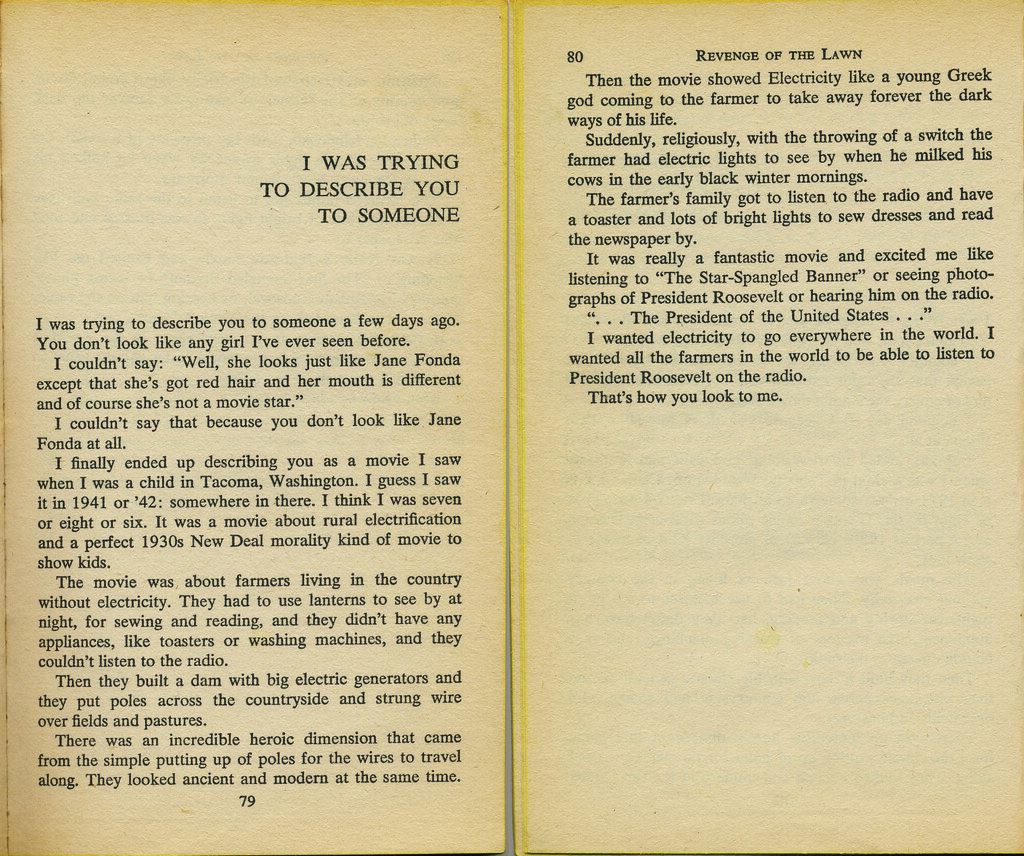Είμαι ένας άνθρωπος που έμελλε να ζήσει βίο ηρωικό και να κάνει τον κόσμο πιο υποφερό στα μάτια του. Εάν, σε κάποια στιγμή αδυναμίας, ανάπαυλας, χαλάρωσης, ανάγκης, γίνομαι πυρ και μανία και βγάζω καπνούς οργής που μετασχηματίζονται σε έξαλλες λέξεις - ένα παθιασμένο όνειρο, περιτυλιγμένο και δε δεμένο με εικόνες -, το λοιπόν, κάντε ό,τι θέλετε, δεχτείτε το ή όχι...αλλά εμένα μη με σκοτίζετε.
Είμαι ένας άνθρωπος ελεύθερος - και την έχω ανάγκη την ελευθερία μου. Έχω ανάγκη να μένω μόνος. Έχω ανάγκη να στοχαστώ για την αισχύνη και την απόγνωσή μου, απομονωμένος - έχω ανάγκη το ηλιόφωτο και τους λιθόστρωτους δρόμους δίχως συνοδούς, δίχως συνομιλίες, ενώπιος ενωπίω με τον εαυτό μου, μονάχα με της καρδιάς μου τη μουσική για συντροφιά. Όταν έχω να δώσω κάτι να δώσω, το δίνω. Η ληστρική περιέργειά σας μου γυρίζει τα έντερα! Οι φιλοφρονήσεις σας με εξευτελίζουν! Το τσάι σας με δηλητηριάζει! Δεν χρωστάω τίποτε και σε κανέναν. Μονάχα απέναντι στον θεό θα ήμουν υπεύθυνος, σ'αυτόν μονάχα θα λογοδοτούσα - έαν αυτός υπήρχε.
Χένρυ Μίλλερ - Ο Τροπικός του Καρκίνου











